The Olympic motto is ‘Citius, altius, fortius,’ Latin for ‘Faster, higher, stronger,’ but these Games might be slightly slower than others in several ways. Here’s a look at why.
Slip sliding away
Pyeongchang, South Korea’s Alpensia Sliding Center is the 20th sliding track in the world and the second in Asia. Its length is 6,092 feet, longer than the 5,951-foot track at the Sochi Olympics and the 5,577-foot track at the Vancouver Olympics. The track also features 16 curves, one fewer than on the Sochi track.
Experts rating the track say it might not be the longest, or fastest, but it is extremely challenging.
From Turn 1 to Turn 5, it’s about a five-story drop.
In the first 800 feet, sleds can reach 60 mph.
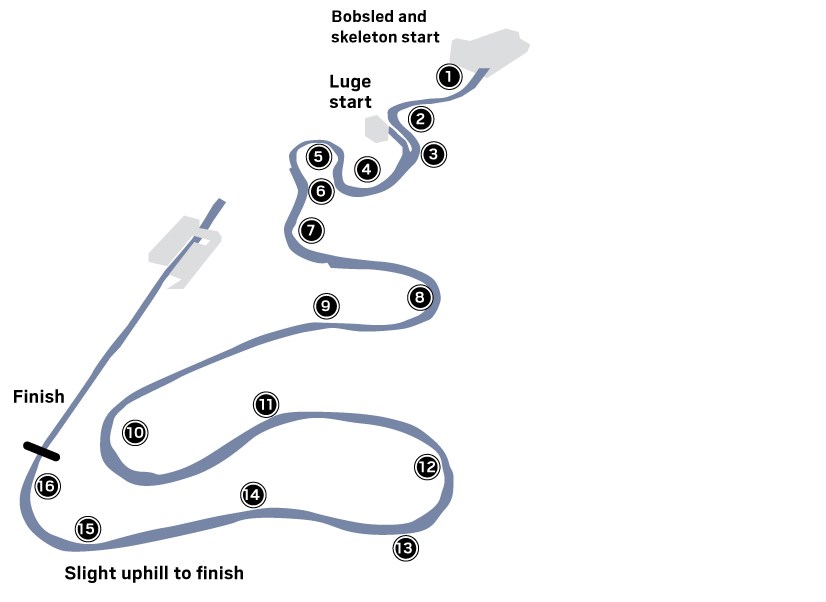
Here’s a preview of the track being tested by a luge racer.
Slower downhill skiing
The Jeongseon Alpine Center in South Korea hosted a men’s test race in 2017. The racers said the course was fun but slow, with the peak speed around 70 mph. At the Sochi Games, the top speed was about 84 mph. In the 2010 Games, one downhill skier reached a top speed of about 100 mph.
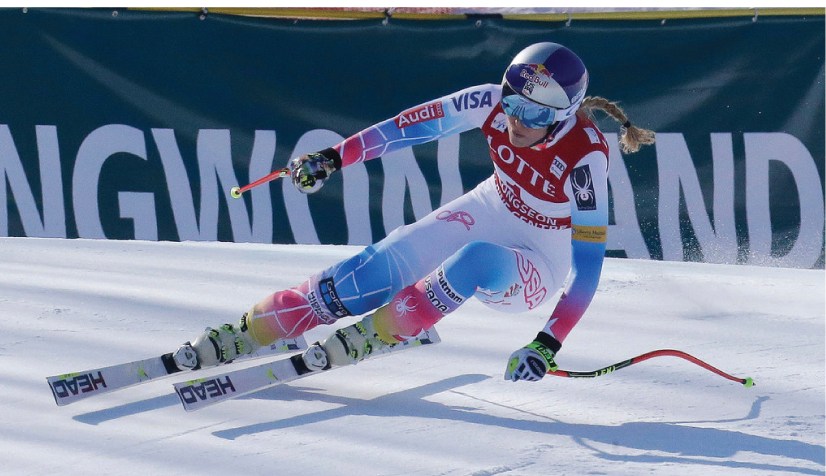 Above photo: United States’ Lindsey Vonn competes during the women’s World Cup downhill at the Jeongseon Alpine Center in Jeongseon, South Korea in March 2017.
Above photo: United States’ Lindsey Vonn competes during the women’s World Cup downhill at the Jeongseon Alpine Center in Jeongseon, South Korea in March 2017.
Skating under pressure
Will the ice be fast in South Korea? Yes, and no. The speed skating venue has very low altitude and greater air pressure. That’s not a great formula for the fastest ice in the world.
South Korea has some of the fastest speed skaters in the world and the home crowd might inspire them to even skate faster.
Men’s 1,000-meter gold-medal times over the years:
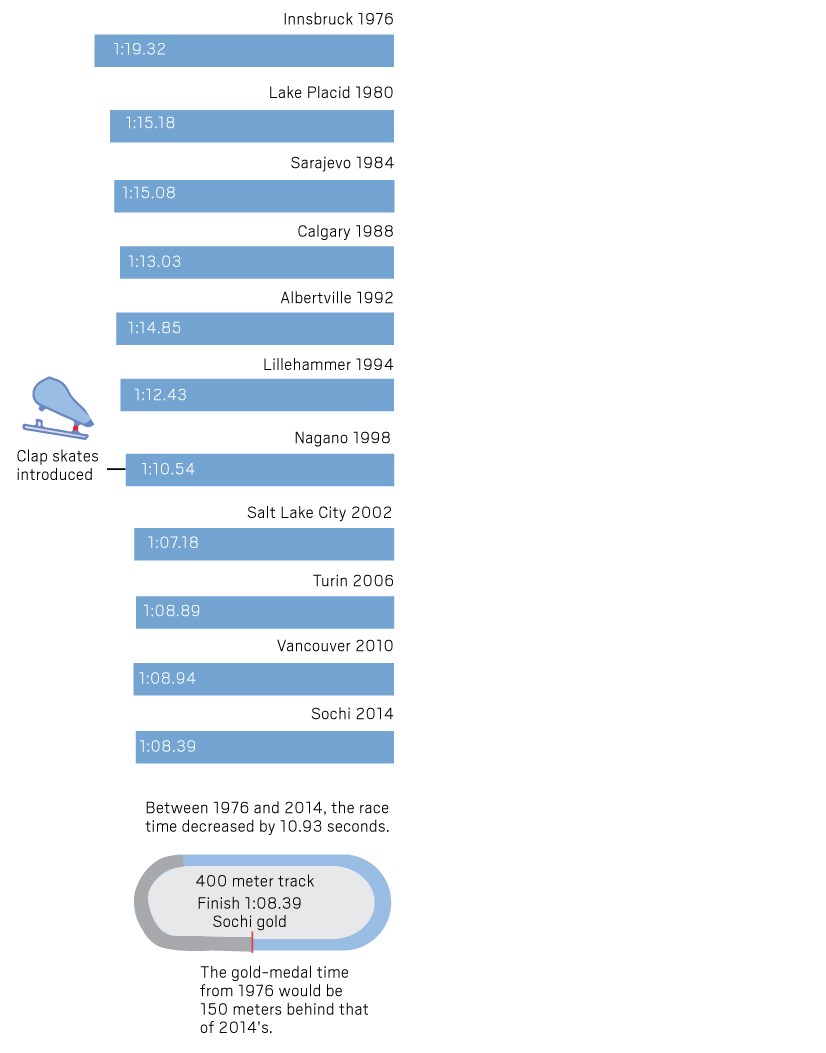 Thrills and spills
Thrills and spills
“Faster, higher, stronger” might be the motto of the Games, but the Winter Olympics have also gotten, more jumpy, bumpy and swervy. Ski and snowboard cross became an Olympic sport in 2010.
The snowboard and ski cross venue in South Korea is 3,444 feet long and has an average slope of 12 percent, greater than the bobsled track’s average of 9.8 percent.
Four athletes will race through the venue with multiple jumps and intersections. Snowboarders and skiers use separate parts of the course to challenge their skills before finishing on the same track.
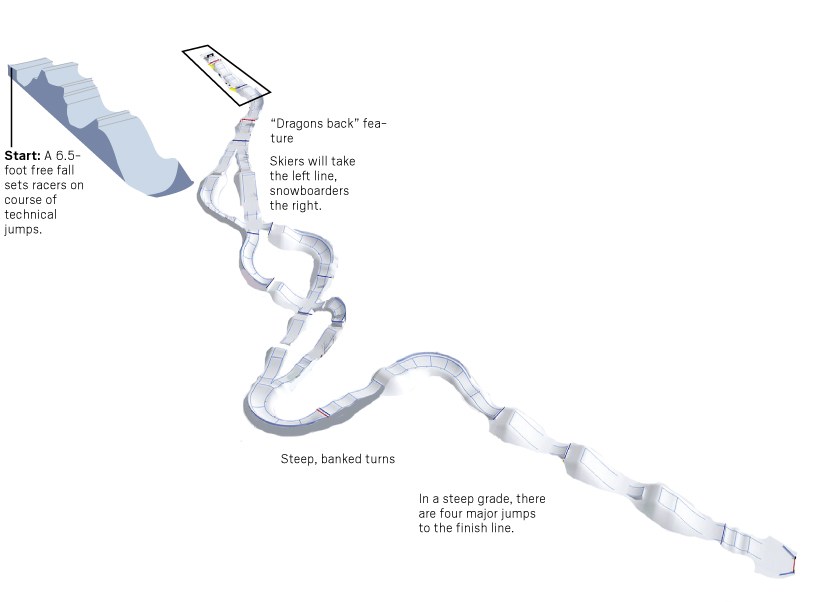
Here’s a 3D model of the venue.
In one second
In the 2014 Olympics, the men’s downhill skiers averaged about 68 mph. At that speed, the skier would travel just under 100 feet per second.
The chart below compares how far other events would go in the same span of time at their average speeds.
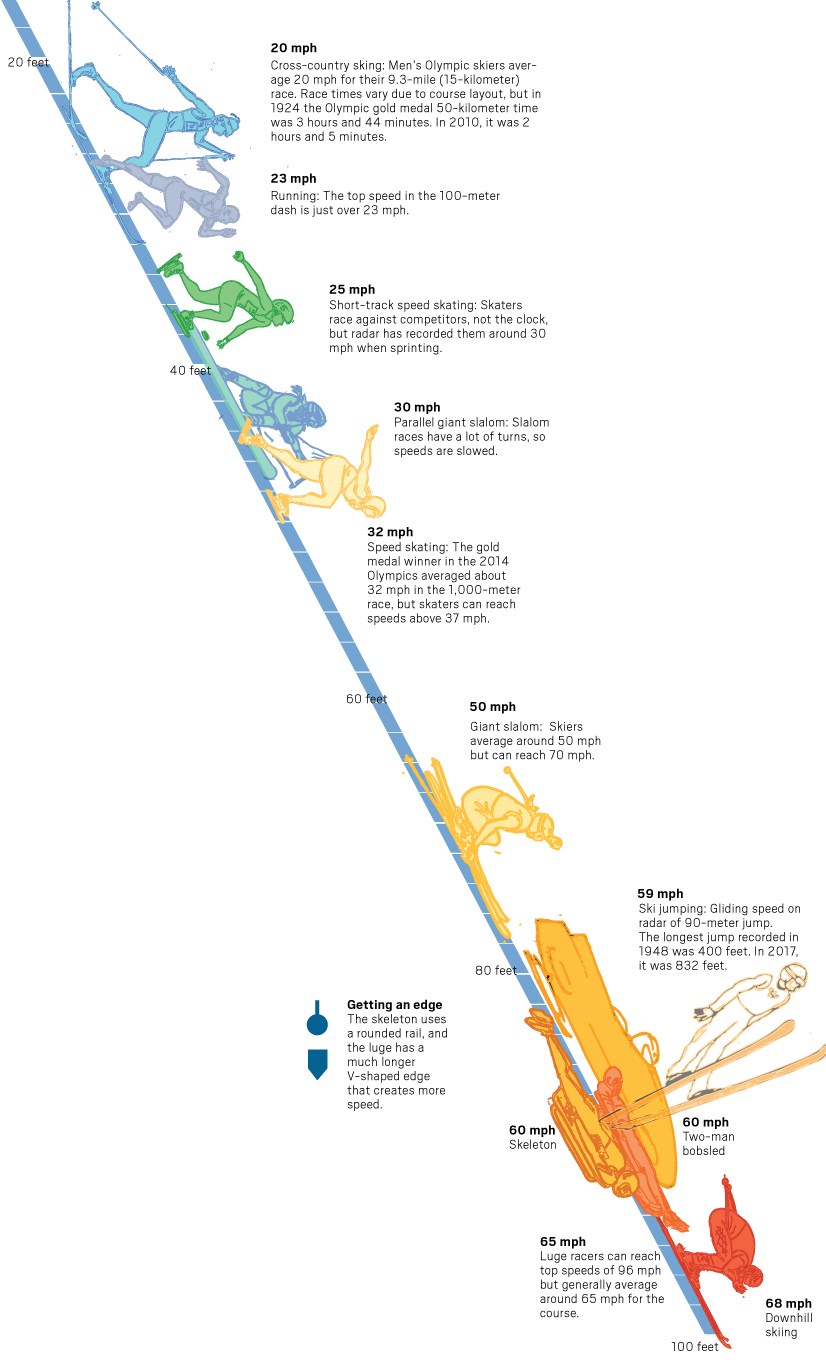
Sources: International Olympic Committee, Olympic.org, Powder magazine, Pyeongchang2018, International Ski Federation, NBC Sports Photos: The Associated Press
Photos by: The Associated Press